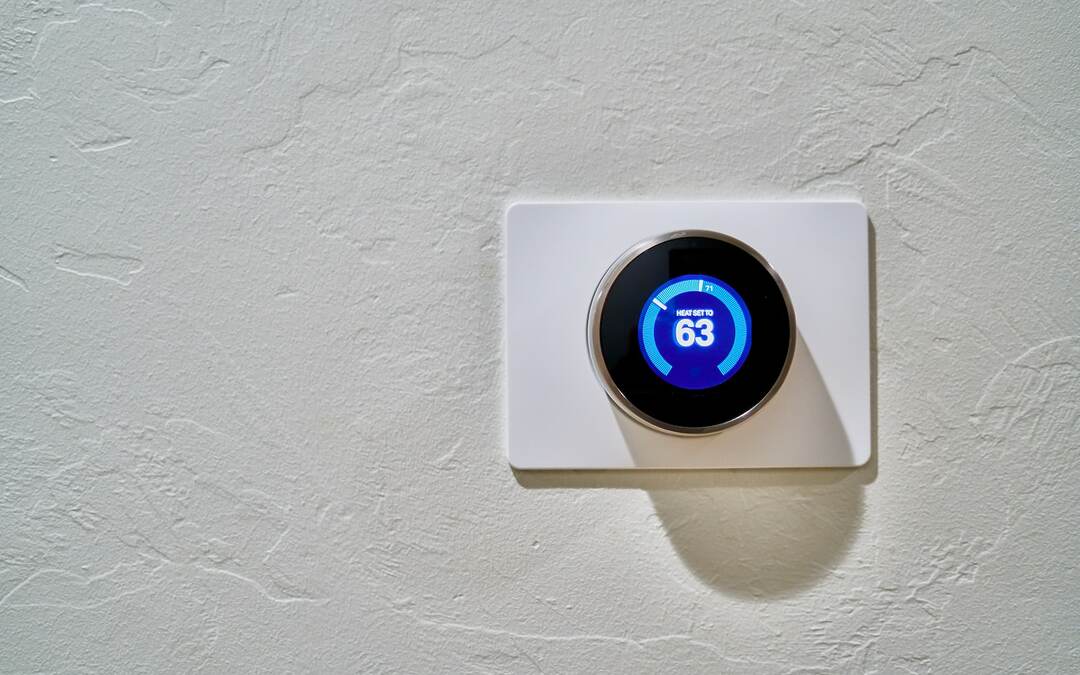
Say again? Why Two-Factor Matters.
Multifactor authentication (MFA) is a security mechanism that requires users to provide two or more separate forms of identification to grant access to a system or application.

Multifactor authentication (MFA) is a security mechanism that requires users to provide two or more separate forms of identification to grant access to a system or application.

Migrating from traditional analog phone systems to VoIP offers multiple advantages for businesses, including enhanced flexibility and mobility. VoIP enables users to make and receive calls from nearly anywhere with an internet connection, providing the convenience businesses need in today’s digital age.

IoT connects ordinary objects, like appliances and gadgets, to the Internet. Things with sensors and software that gather information and communicate online allow them to work together efficiently and make our lives easier. With IoT, we can control our homes from smartphones and receive alerts by making things smart and connected.

SPF, DKIM, and DMARC provide protections against forged emails (spoofing), spam, and phishing attempts by verifying senders’ identities and ensuring email integrity.

EDR, XDR, and MDR tools alert you to attacks on your data stores and endpoints. With the addition of MDR tools in your security arsenal, you’ll be able to securely protect your network and critical IT infrastructure.
